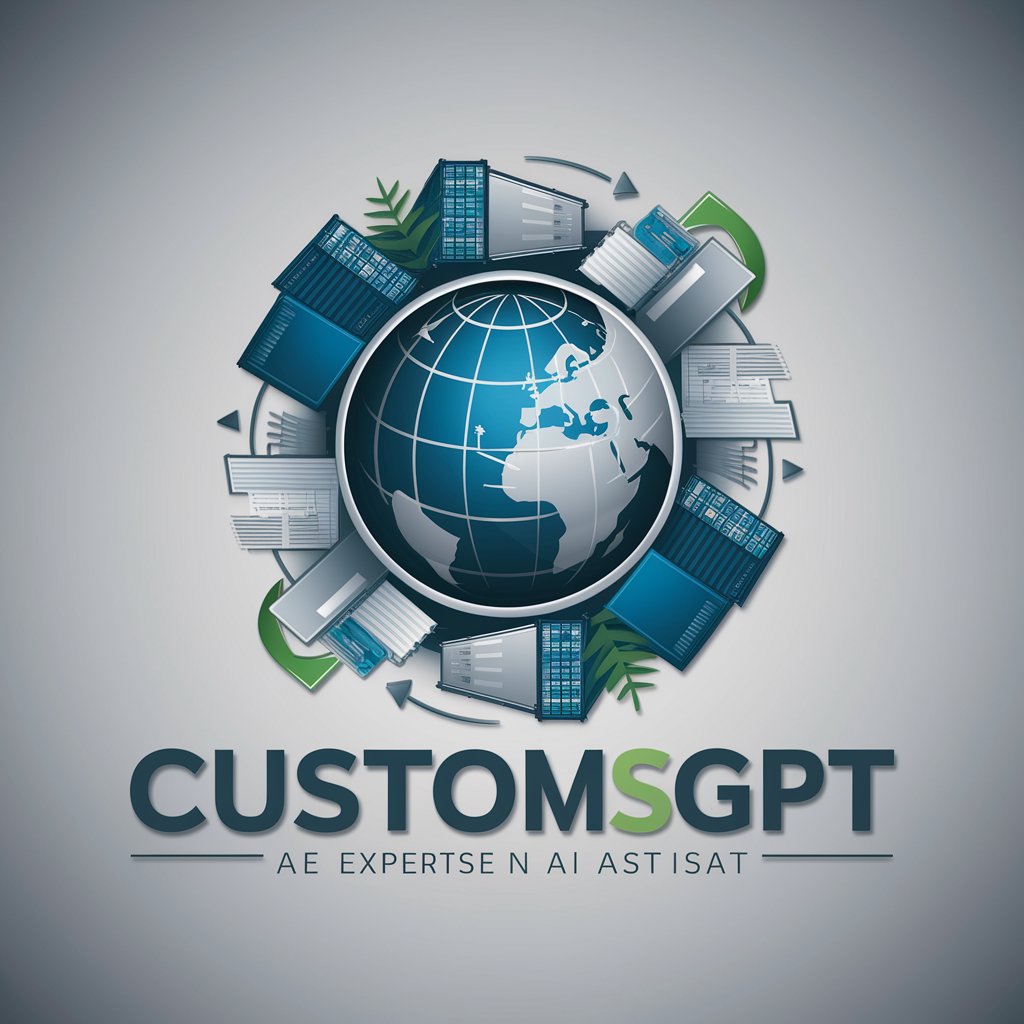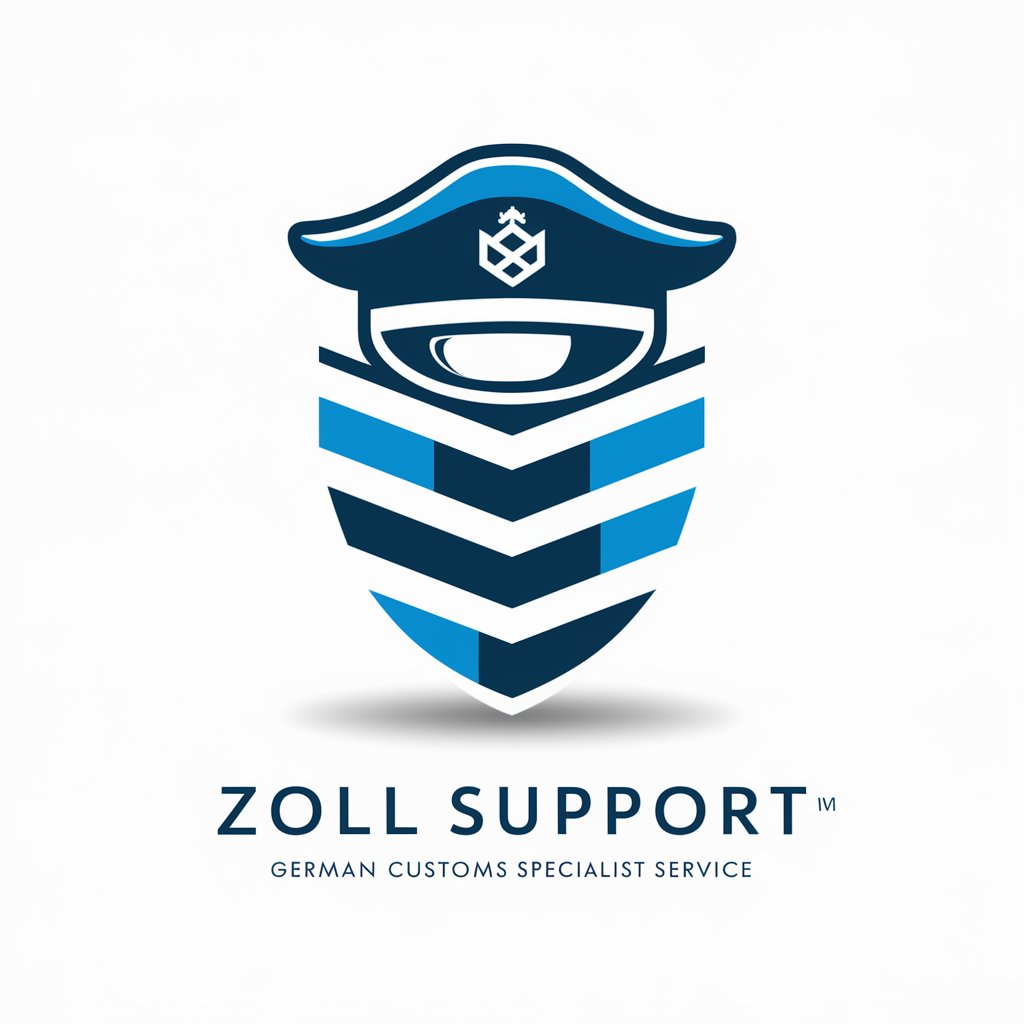2 GPTs for Tariff Classification Powered by AI for Free of 2025
AI GPTs for Tariff Classification are advanced tools built on the Generative Pre-trained Transformer (GPT) framework, designed to assist in accurately categorizing goods into tariff codes. These AI-driven solutions leverage natural language understanding and machine learning to interpret and classify products based on complex trade nomenclature, ensuring compliance with international trade regulations. By automating the tariff classification process, these GPT tools minimize human error, streamline customs procedures, and facilitate smoother trade operations.
Top 2 GPTs for Tariff Classification are: CustomsGPT,Zoll Support
Key Attributes of AI for Tariff Coding
AI GPTs tailored for Tariff Classification boast several distinctive features. These include advanced natural language processing capabilities for understanding trade terminology, adaptability to handle classifications from simple to intricate product descriptions, and continuous learning from new data inputs to improve accuracy over time. Special features may encompass multilingual support, integration with customs databases for real-time updates, and predictive analysis to anticipate changes in tariff codes. Additionally, these tools often offer API access for seamless integration into existing logistics and trade software ecosystems.
Who Benefits from AI in Tariff Categorization
The primary users of AI GPTs for Tariff Classification include customs officials, trade compliance officers, import/export businesses, and logistics providers. These tools are designed to be user-friendly for individuals without technical backgrounds, featuring intuitive interfaces and guidance for accurate classification. For tech-savvy users or developers, they also offer advanced customization options, allowing for the creation of bespoke classification solutions that can integrate into broader trade compliance and logistics platforms.
Try Our other AI GPTs tools for Free
Export Procedures
Discover how AI GPTs for Export Procedures streamline international trade with automated documentation, compliance checks, and market insights, tailored for novices and professionals alike.
Import Regulations
Explore AI GPTs for Import Regulations: your AI-powered assistant for navigating and complying with global import laws, ensuring efficient and compliant international trade operations.
Language Complexity
Discover how AI GPTs for Language Complexity can transform your understanding and generation of complex language, making it easier than ever to navigate linguistic challenges.
Creative Output
Explore the transformative potential of AI GPTs for Creative Output, designed to enhance creativity across writing, art, and more with adaptable, user-friendly tools.
Genealogical Mapping
Discover your ancestry with AI GPTs for Genealogical Mapping, the cutting-edge tools designed to revolutionize the way we explore family histories and lineage data.
Lottery Participation
Explore how AI GPTs transform lottery participation with advanced analytics, personalized strategies, and automated solutions. Ideal for both novices and professionals.
Expanding the Horizon with AI in Trade
Beyond simplifying tariff classification, AI GPTs are transforming global trade by enhancing transparency, reducing operational costs, and improving compliance. Their integration capabilities allow for seamless workflow enhancements, connecting with ERP systems, and providing analytics for strategic decision-making. The adaptability of these AI solutions means they can evolve with changing regulations, ensuring businesses remain compliant and competitive in the dynamic landscape of international trade.
Frequently Asked Questions
What is Tariff Classification?
Tariff Classification involves assigning a specific code to goods and products being imported or exported, based on an internationally recognized system. These codes determine the duties and taxes applicable and are crucial for compliance with trade laws.
How do AI GPTs improve Tariff Classification?
AI GPTs enhance the accuracy and efficiency of tariff classification by automating the interpretation and categorization of product descriptions into tariff codes, leveraging machine learning and natural language processing to reduce errors and speed up customs clearance.
Can AI GPTs handle complex product descriptions?
Yes, AI GPTs are designed to understand and classify products based on detailed and complex descriptions, adapting to the nuances of trade language and evolving classification standards.
Do these tools require coding knowledge?
No, AI GPTs for Tariff Classification are developed with user-friendly interfaces that do not require coding skills for basic operations, making them accessible to a broad audience.
Are AI GPTs customizable?
Yes, for users with programming expertise, these tools offer APIs and development kits for creating custom solutions or integrating with existing trade compliance systems.
How do these AI tools stay updated with tariff changes?
AI GPTs for Tariff Classification are regularly updated with the latest tariff schedules and amendments, often directly integrating with customs databases for real-time information.
Can these tools support multiple languages?
Many AI GPTs for Tariff Classification offer multilingual support, understanding and classifying product descriptions in various languages to cater to global trade requirements.
What is the impact of AI on trade compliance?
AI significantly improves trade compliance by ensuring accurate tariff classifications, reducing the risk of customs penalties, and facilitating smoother and faster customs clearance for international shipments.

